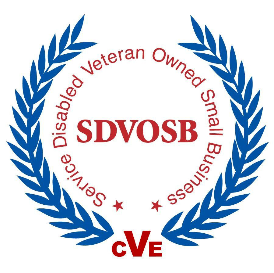Understanding Blockchain by:
Joseph J. Bonocore
President & CEO
Bonocore Technology Partners
Note: Check back soon for a link to the full audio presentation . Until then please enjoy an excellent summary from Joe’s notes:
“the consequences of this breakthrough are hard to overstate” – Marc Andreesen, inventor of the first web browser
In less than 10 years, blockchain has emerged from a small presence (bitcoin) to one of the most talked about innovations
58% of surveyed executives from the information & communication sector believe that 10% of global GDP will be stored on blockchain by 2025. World Economic Forum 2015
1. Understanding Blockchain:
a. Centralized vs. Distributive ledger:
i. Centralized ledger: Own ledger, have a trusted central authority to maintain and update- e.g. Banks/PayPal
ii. Distributed ledger: Trust without centralized authority, blockchain algorithm (process) updates every 10 minutes, first computer solves new transaction algorithm and remainder agree, ledger updates with new block of transactions for all
b. Six key principles that enable blockchain to drive benefits within and between organizations:
i. Shared publicly: every computer will maintain the entries
ii. Decentralized: No central authority
iii. Secured: database is immutable and irreversible record
iv. Trusted: allows transactions to occur between unknown parties
v. Automated: software is written so that conflicting or double transactions do not become written
vi. Smart Contracts: ability to run additional business logic facilitates the ability to design and implement shared workflows and enhanced automation
c. Benefits of blockchain:
i. Increased security: e.g. greater encryption at each level of the transaction.
ii. Increased transparency: e.g. Improved auditability
iii. Reduced transaction time: e.g. near real-time reconciliation
iv. Reduced cost: e.g. improved operational efficiency.
Call us if you wish to understand how blockchain will affect your company. jbonocore@bonocore.com

